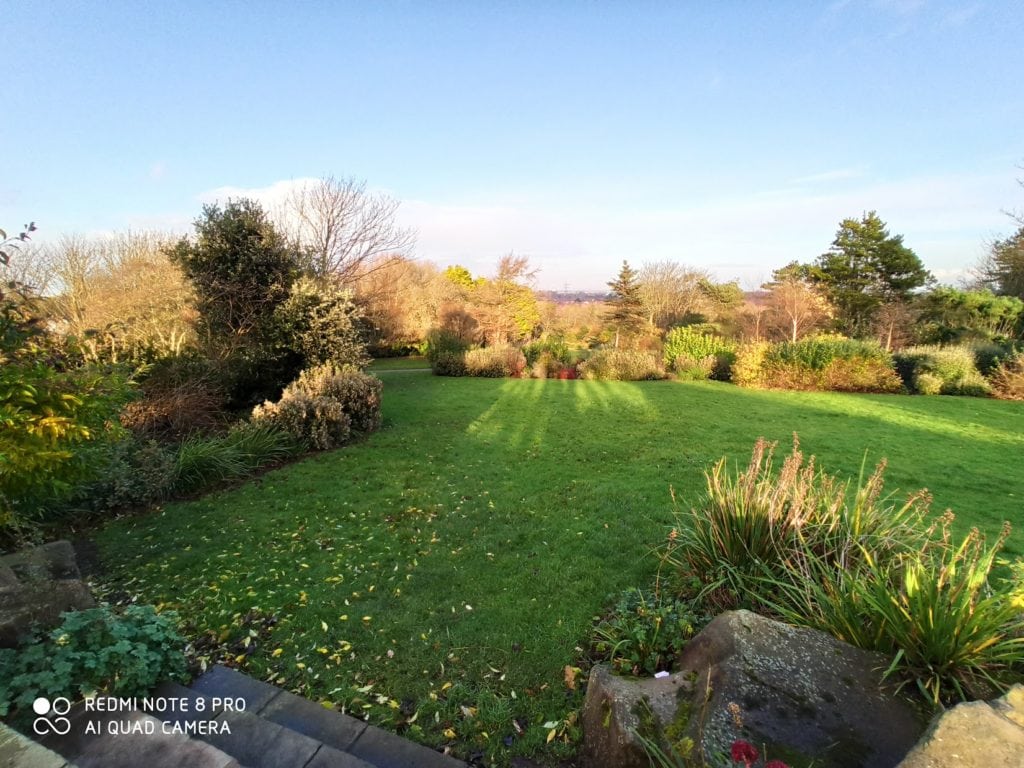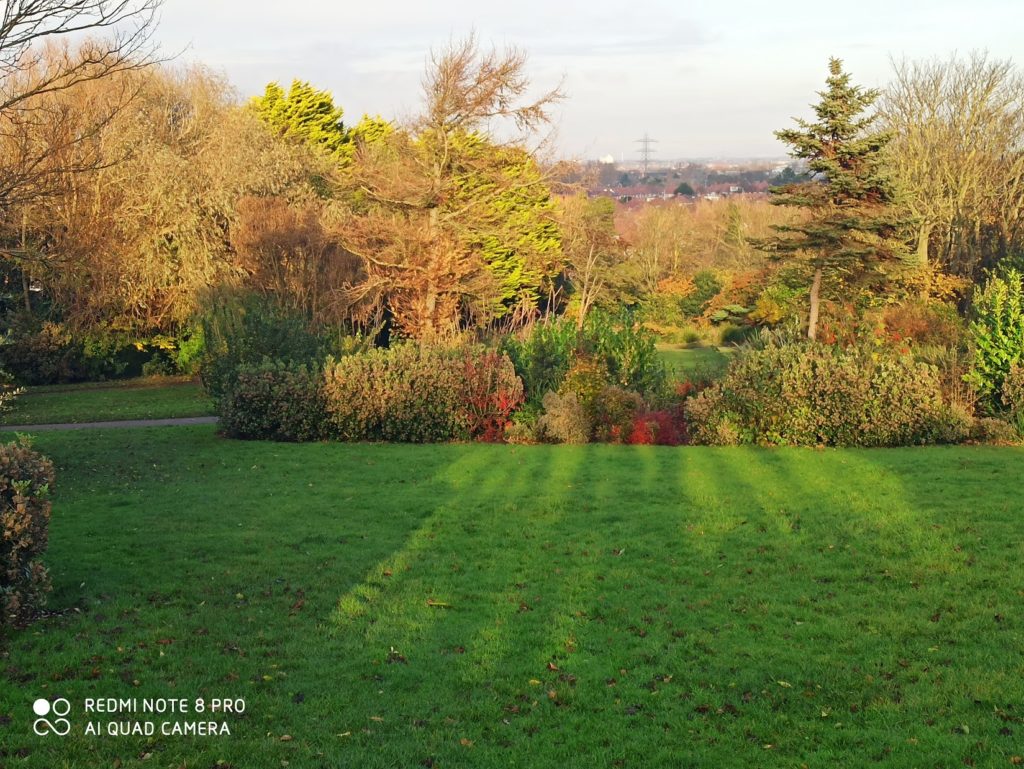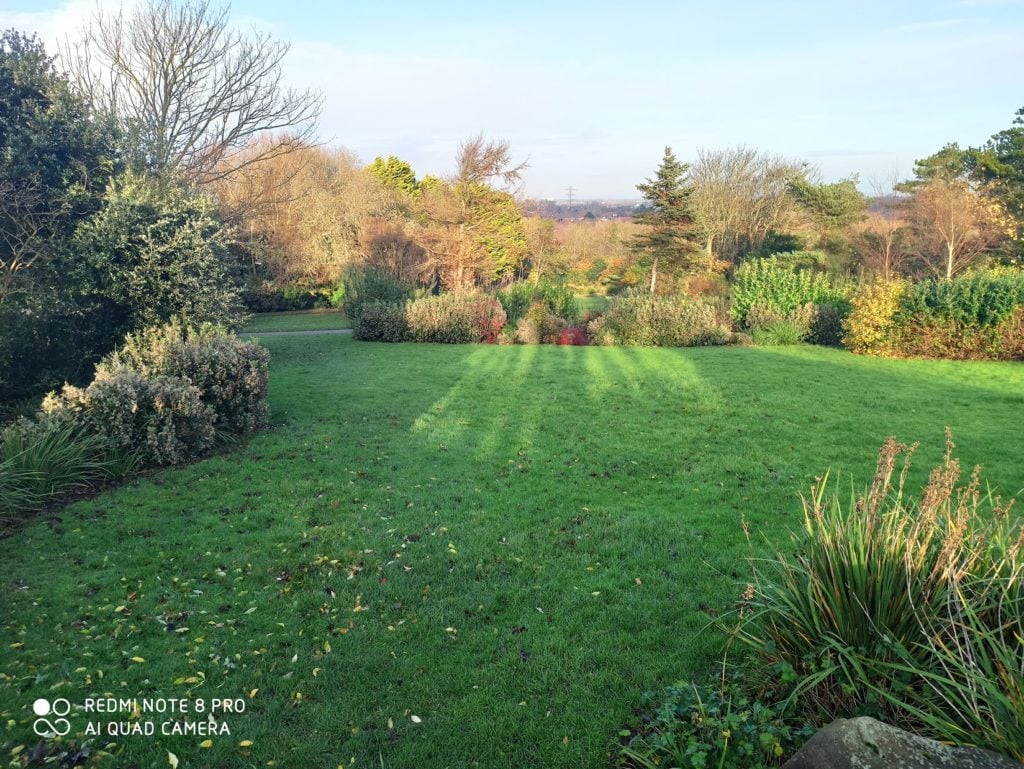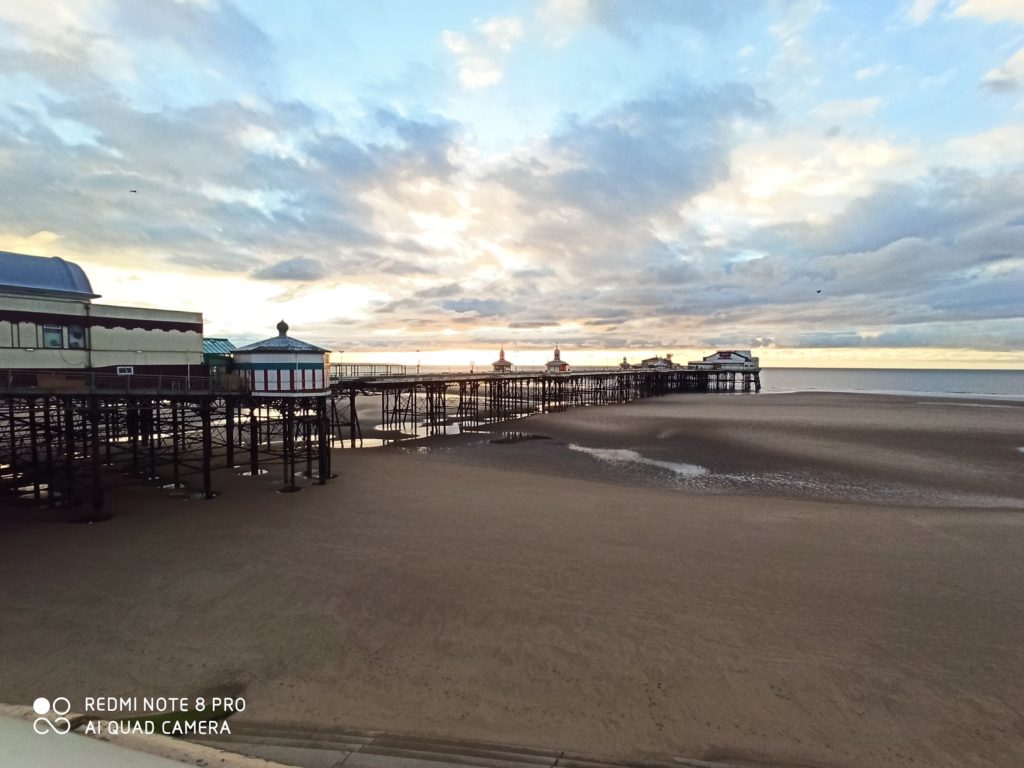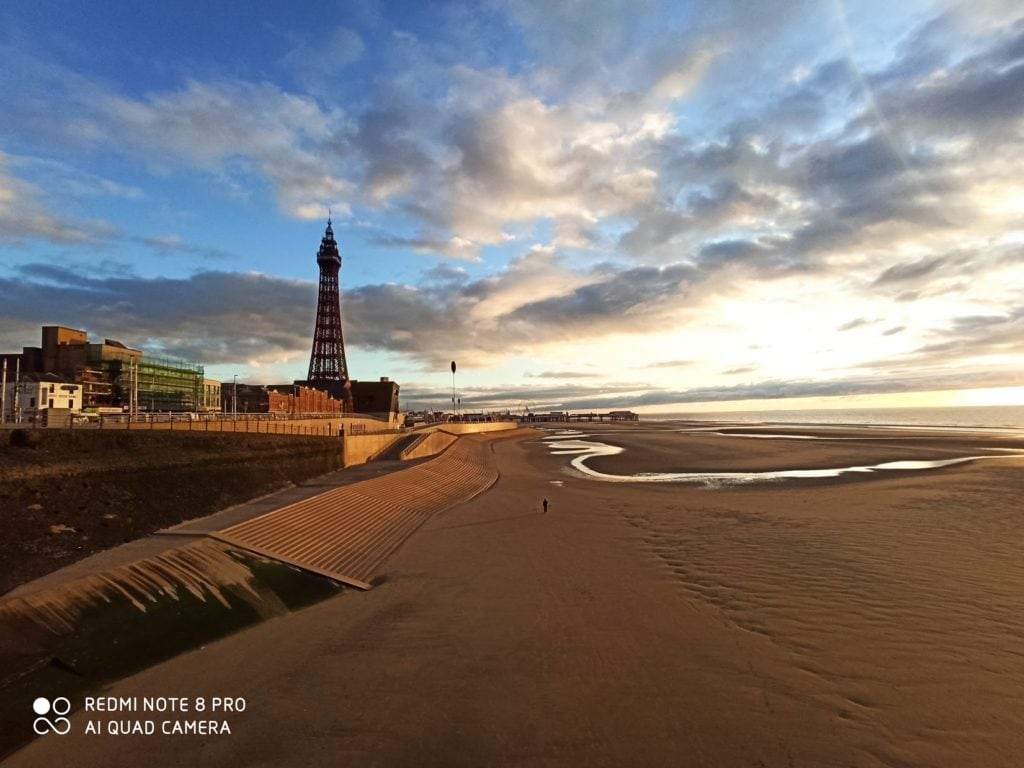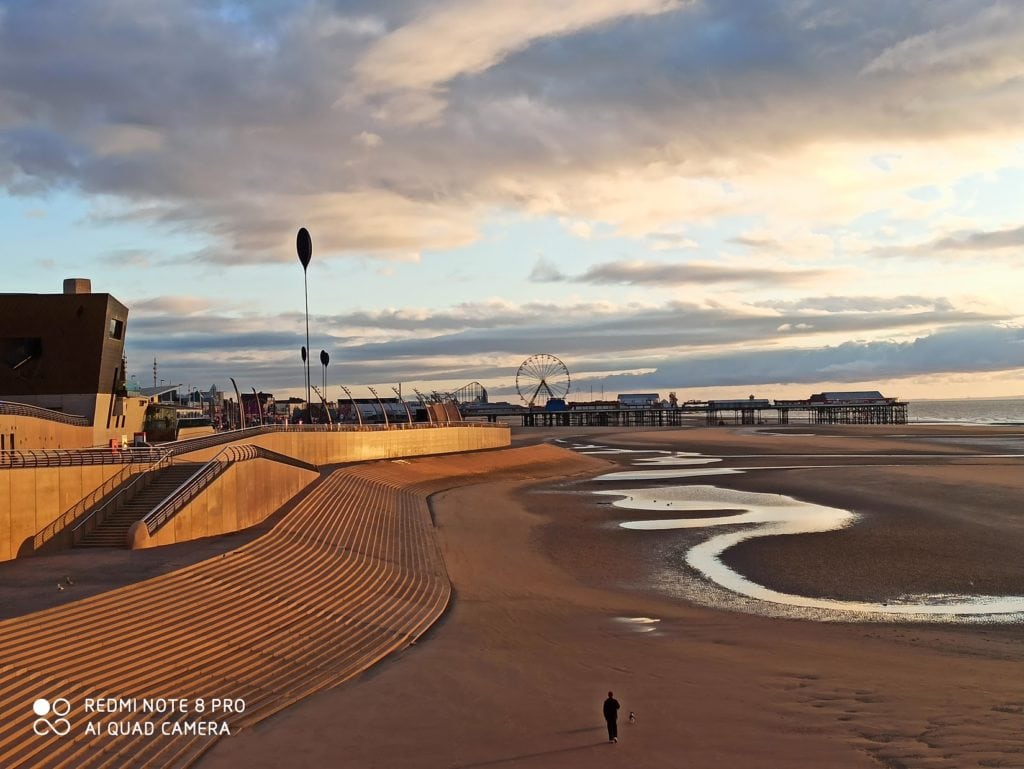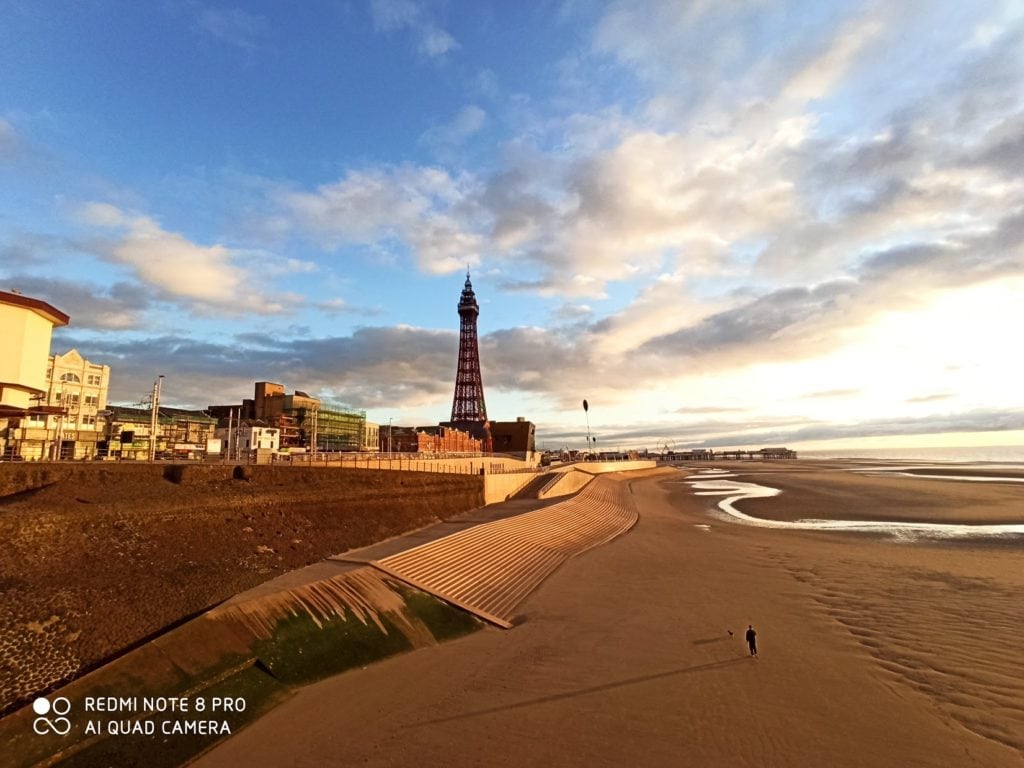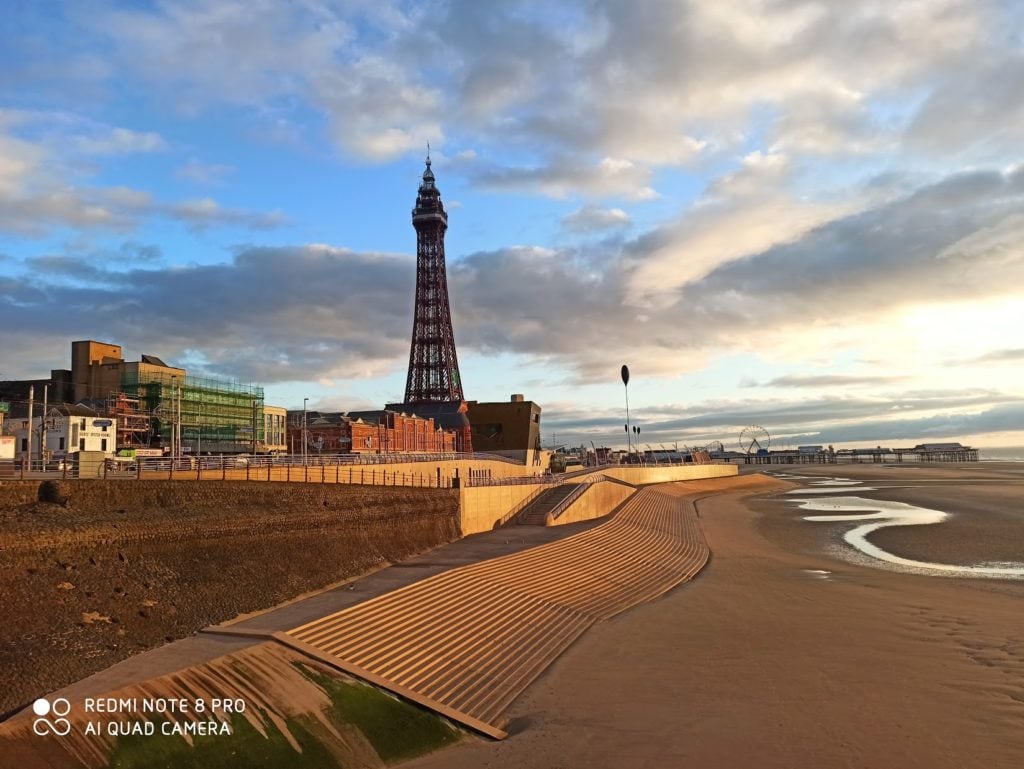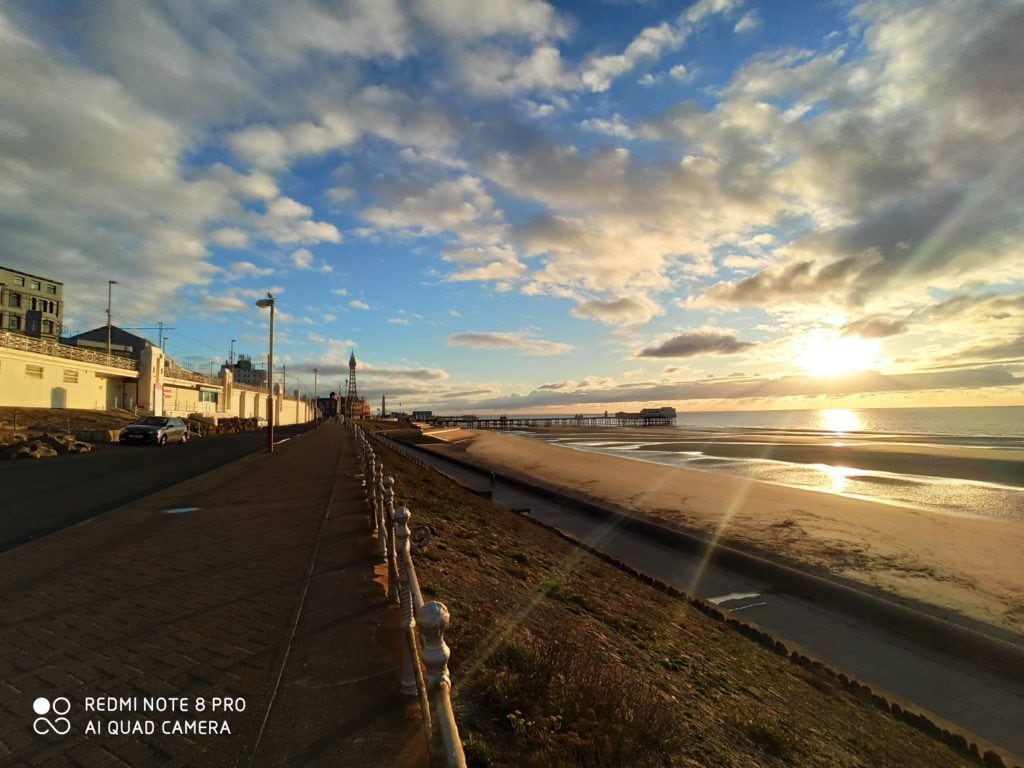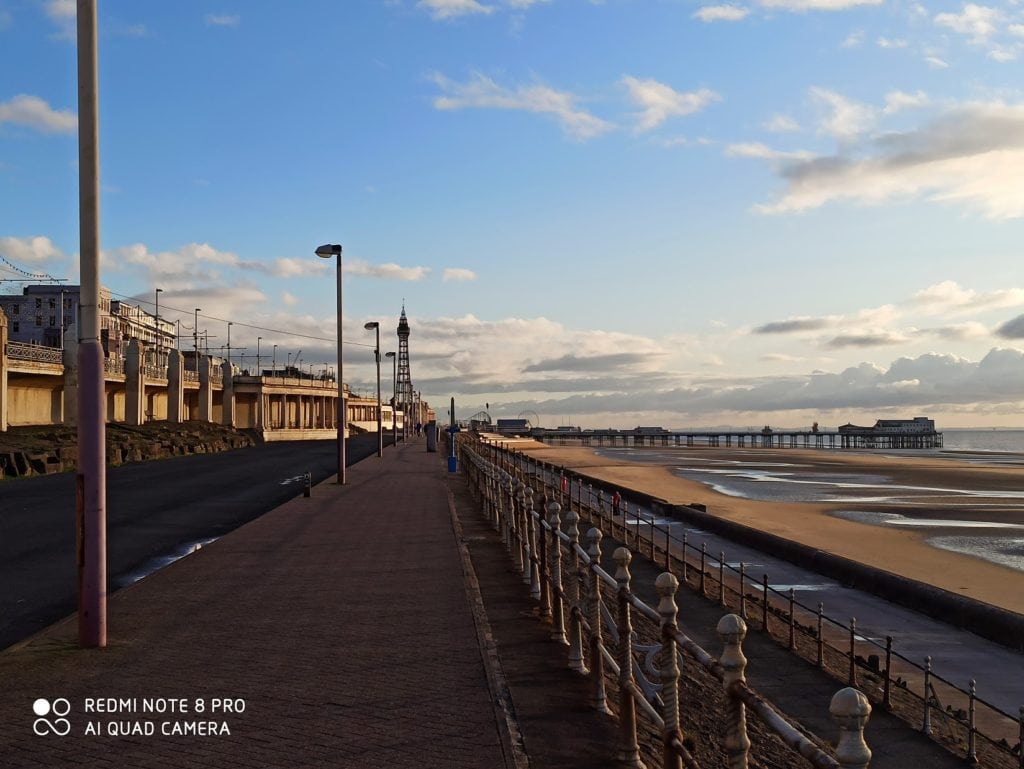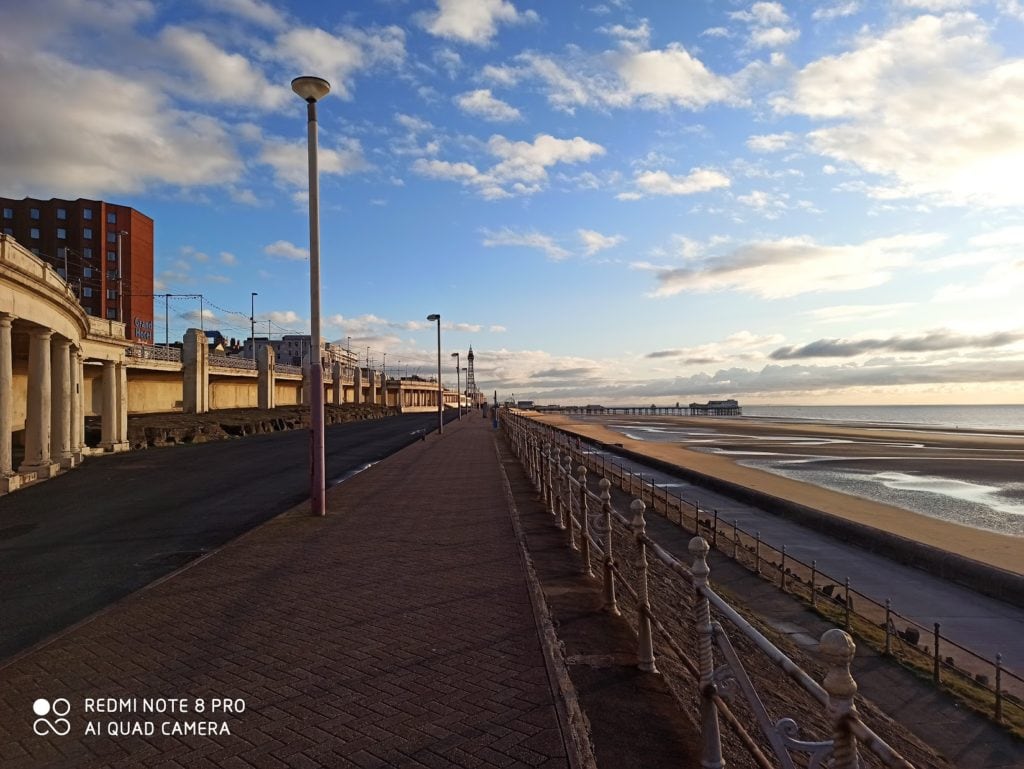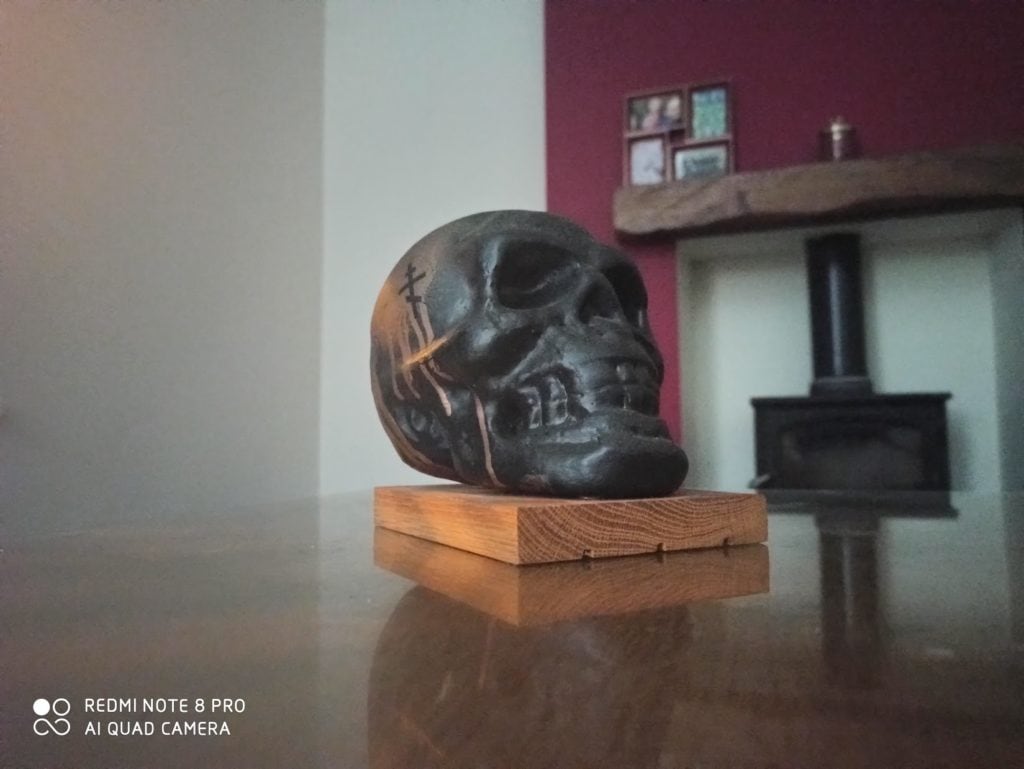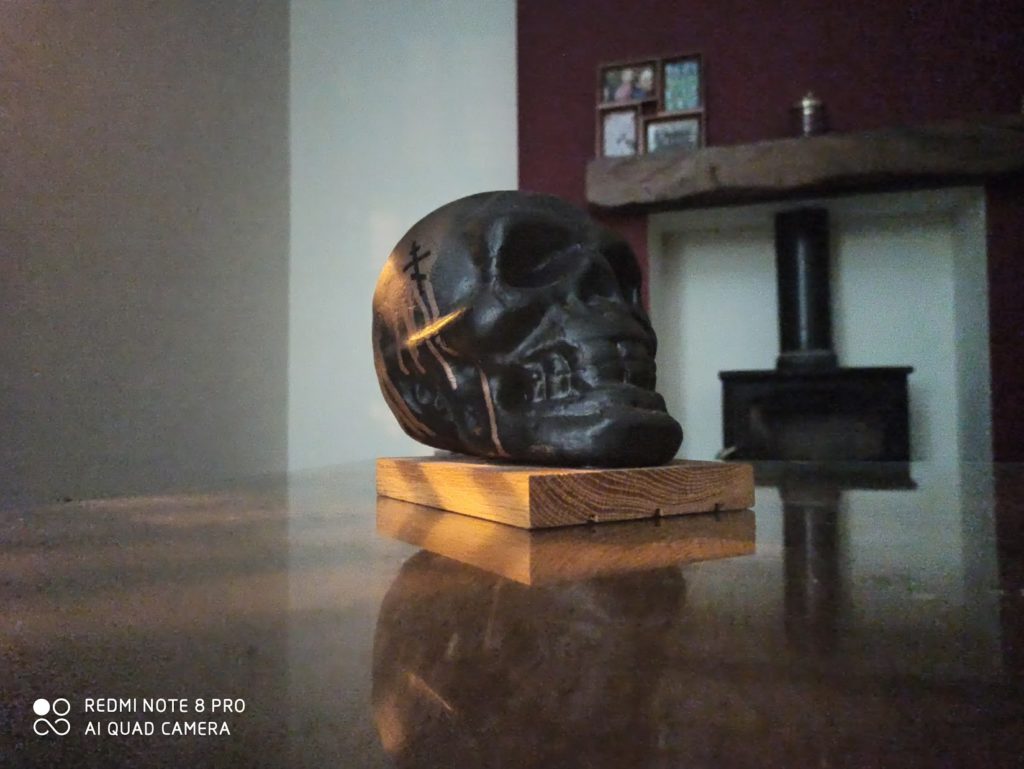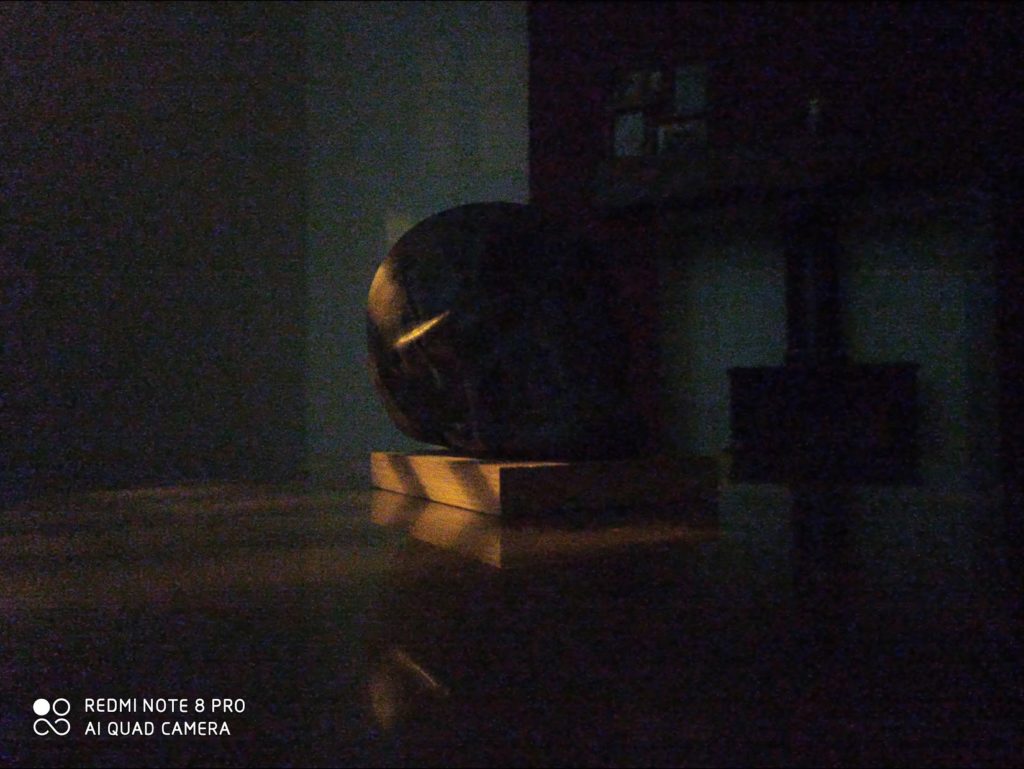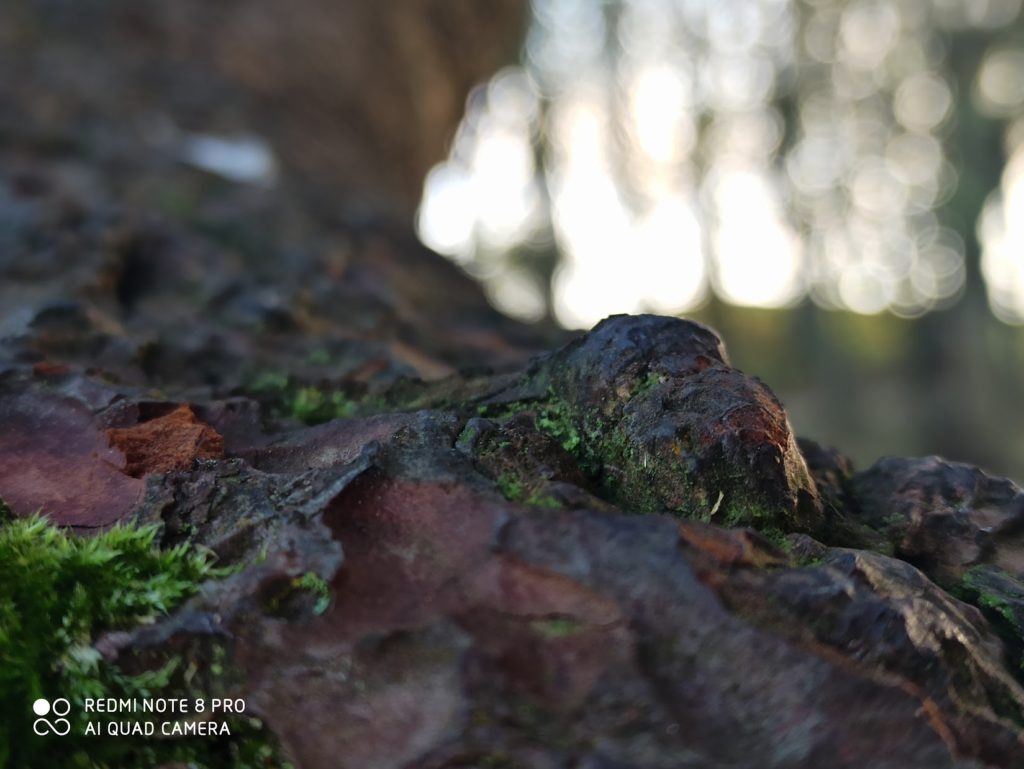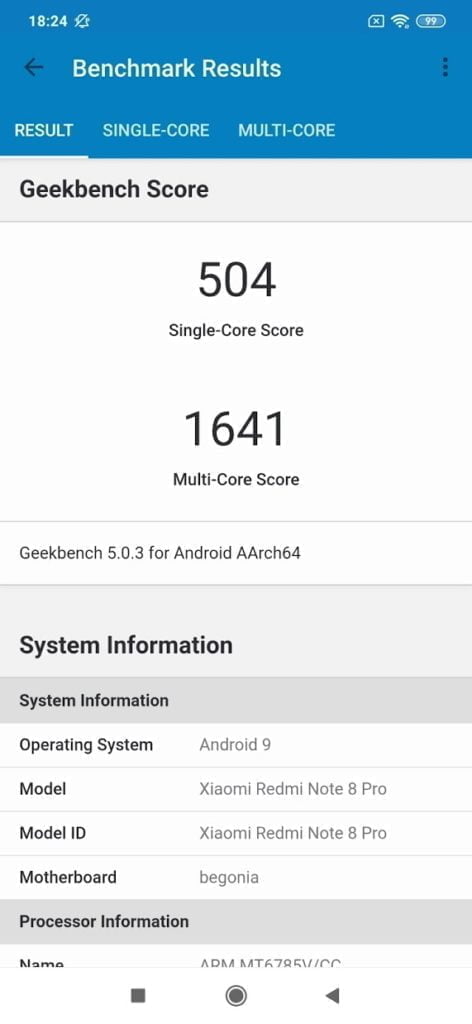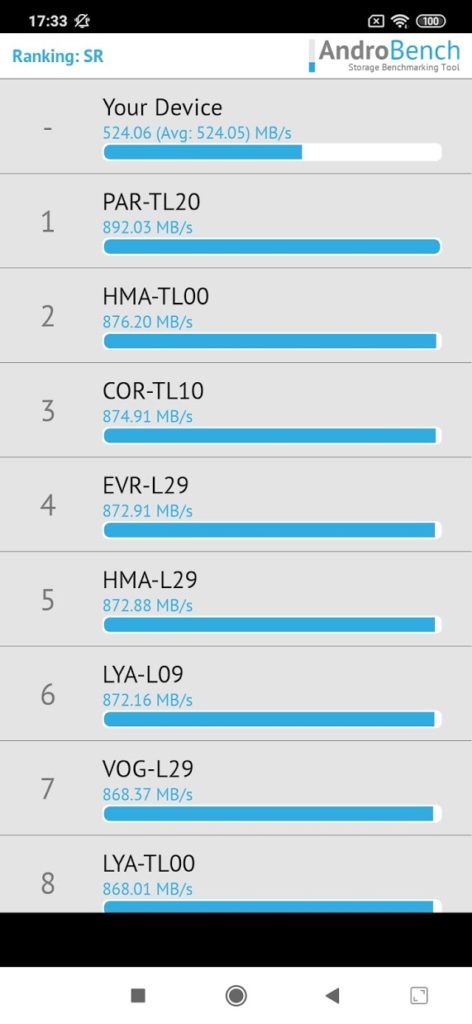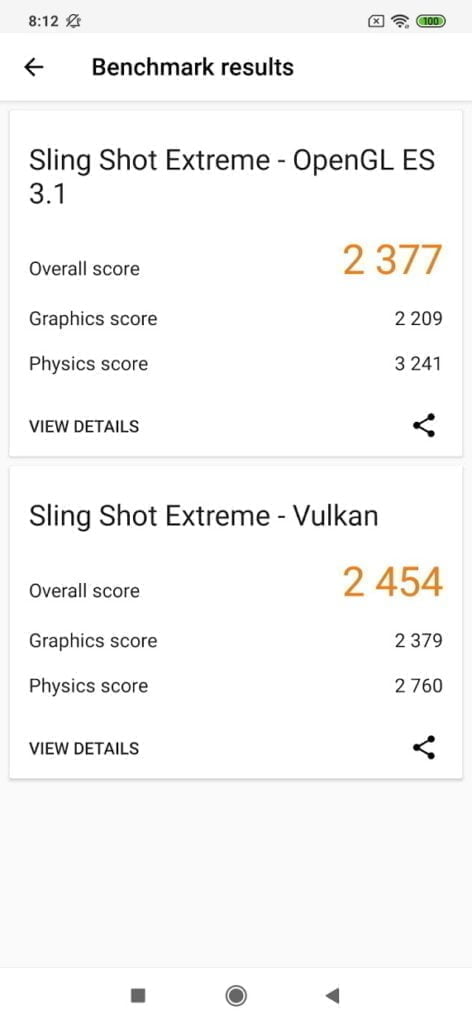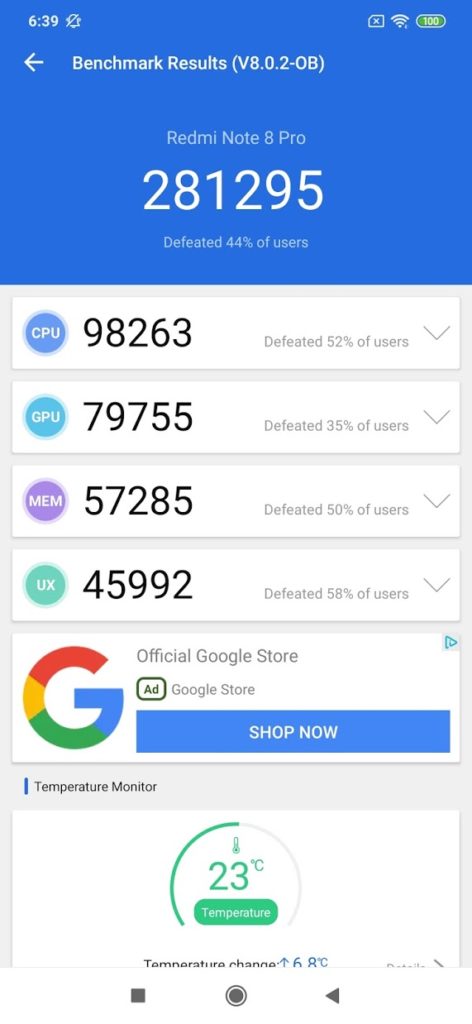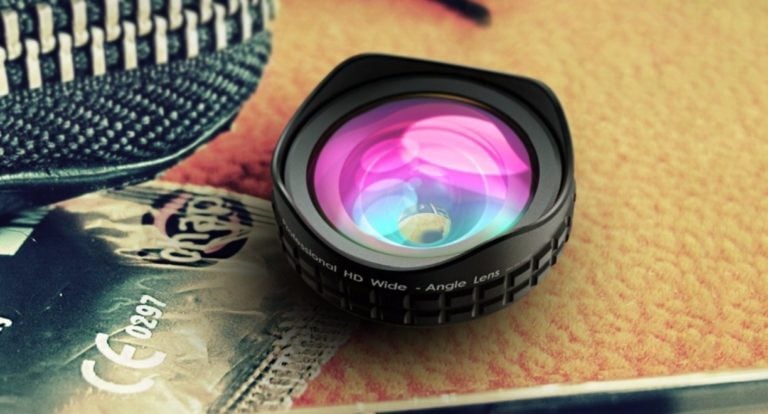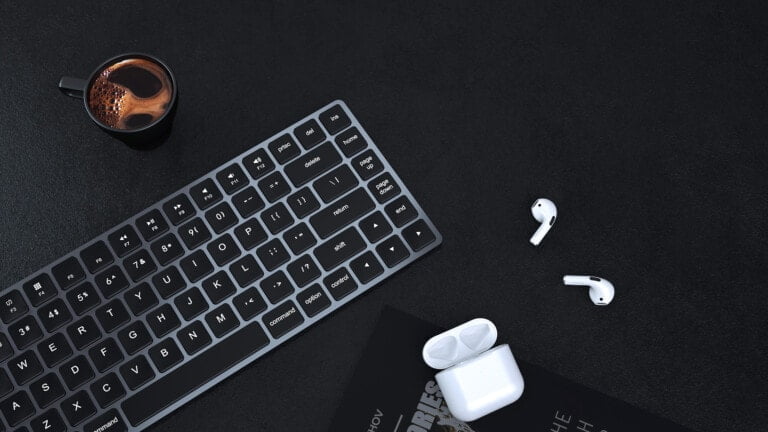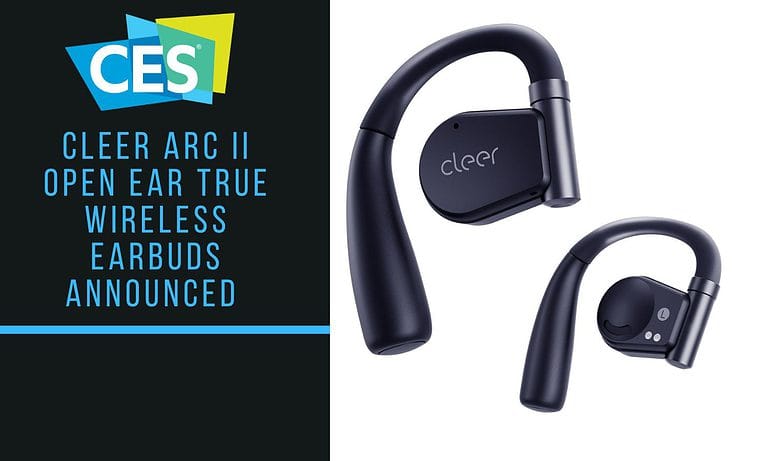Any links to online stores should be assumed to be affiliates. The company or PR agency provides all or most review samples. They have no control over my content, and I provide my honest opinion.
Xiaomi has continued to unleash phones on the market in quick succession this year covering almost every price point but shying away from the premium-priced flagships (ignoring the Mi MIX Alpha).
The Xiaomi Redmi Note 8 Pro is quite new to the market, but since its launch, in September there has been the Xiaomi Redmi Note 8T, and Mi Note 10 Pro announced.
The Redmi Note 8 Pro is the first and only phone to feature the latest gaming chipset from Mediatek, the Helio G90T which pits itself against the Qualcomm Snapdragon 730G. As usual for Xiaomi this offers big specs at an affordable price, in the UK you can buy it from Amazon for around £230, but grey import sites have it for under £200
| Preview | Product | Rating | Price | |
|---|---|---|---|---|

| Redmi Note 8 pro 6+128GB ARM Mali G76 MC4 6.53inch 45oomAh... | Buy on Amazon |
Specification
- Mediatek Helio G90T SoC: 2 Cortex-A76 performance cores at 2.05 GHz + 6 Cortex-A55 efficiency cores at 2 GHz
- Mali G76-MC4 GPU clocked at 800 MHz
- 6 GB or 8 GB RAM options
- 64 GB or 128 GB UFS 2.1 internal storage + dedicated microSD slot
- 6.53-inch Full HD+ display with HDR and Corning Gorilla Glass 5
- 64 MP (main) + 8 MP (ultra-wide) + 2 MP (macro) + 2 MP (depth sensor) quad cameras; 20 MP selfie camera
- 4,500 mAh battery with bundled 18 W fast charger
- Android Pie 9.0 with MIUI 10
- NFC & 3.5mm headphone jack
- No IP rating
Design, Build & Display
The Redmi Note 8 Pro is a well-made phone, in particular, it is weightier and feels much nicer in hand than the similarly specced Realme X2 thanks to its aluminium frame vs plastic of the Realme.
The Redmi Note 8 Pro features an LCD panel with a small notch on the top. The display measures 6.53″ in diagonal that runs at 1080 x 2340px resolution with 19.5:9 aspect ratio. It’s also protected by Gorilla Glass 5 and supports HDR. This does make the phone quite large, and some may find it unwieldy, it is larger than most other phones launched this year, only smaller than the Samsung Note 10+ and Huawei Mate 20 X.
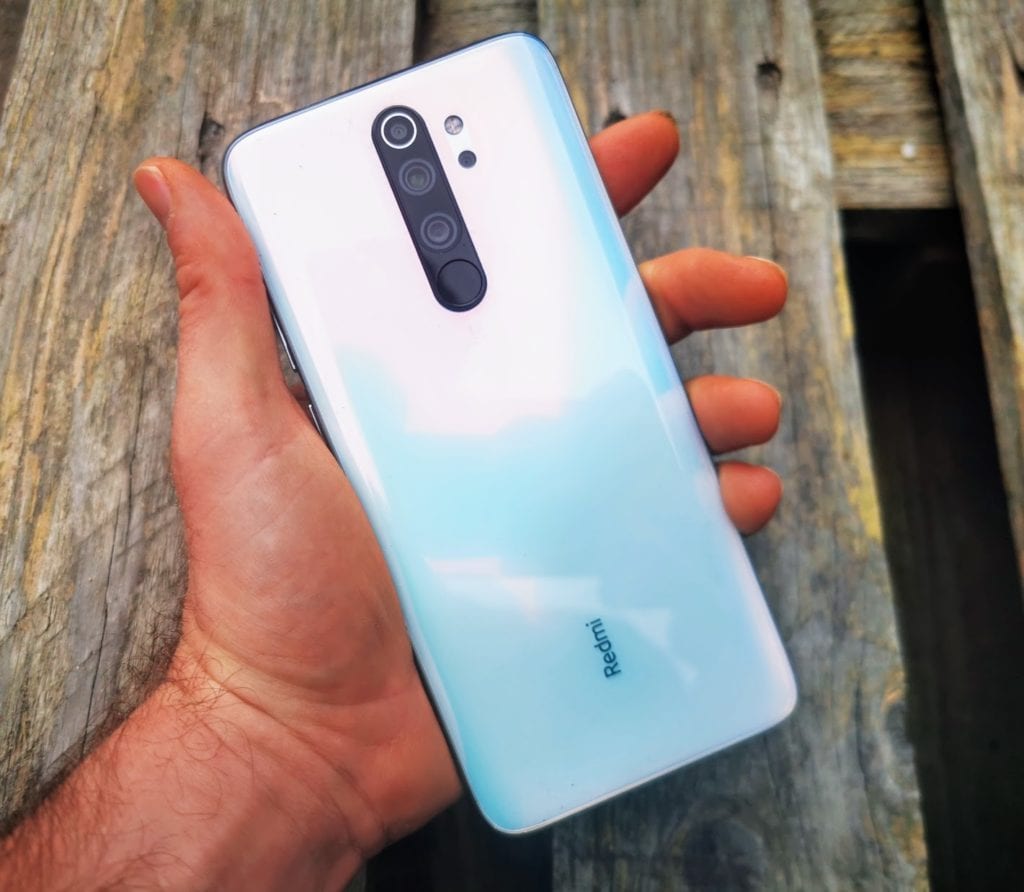
Interestingly, Xiaomi has opted to skip the trendy in-display fingerprint sensor in favour of a rear-mounted one. I find these are quicker and more accurate but in this case, the placement is a little odd. It usually is recessed into the rear panel, but this is raised as part of the camera bump, and the circular area seems quite a bit smaller than standard rear-mounted sensors. This does take some getting used to over the regular style.
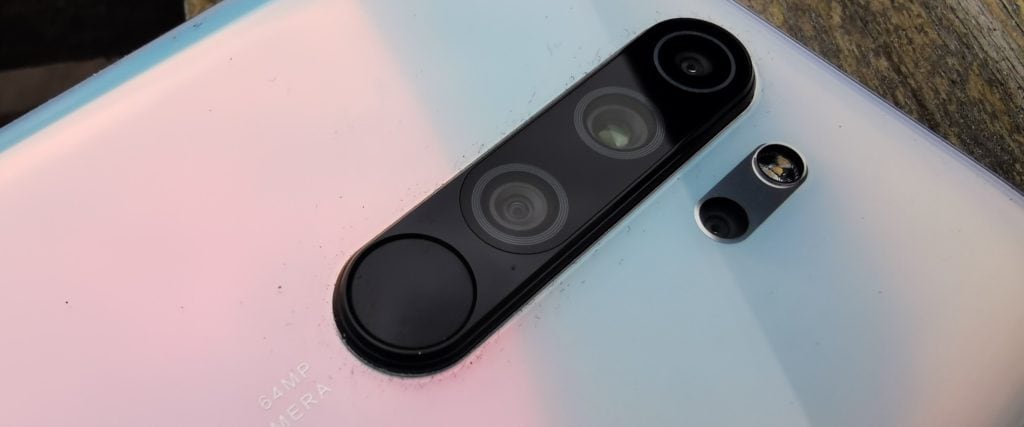
Like many Xiaomi phones, this includes a 3.5mm headphone jack, and the SIM tray includes a microSD slot.
As you might expect at this price point, this lacks an IP rating.

Camera
The big camera spec doesn’t necessarily make this an amazing camera phone, but it is excellent for this price point, and it easily competes with the Realme X2, and I suspect it outclasses most other phones at this price.
With decent light the phone can take some excellent shots, the pixel binning used with the 64MP sensor works well and the quality of captured images is quite good with vibrant colours and ample detail.
I am a big fan of ultrawide, you do lose a little clarity with the 8MP sensor, but this is common for most ultrawide options.
Low Light
All phones suffer with low light, only the most expensive phones such as the Huawei P30 Pro being able to handle very low light conditions reasonably well. So, expectedly, things are not amazing here, I found the phone would struggle to focus on things especially close up and the lower the light the more noise the camera introduced.
In the gallery above, a lot of the shots I took walking down Blackpool promenade were at dusk, so with a moderate amount of light the phone can produce excellent shots.

Macro Lens
I can’t see the macro lens being used much, so I think it is a little pointless to include it, I do like macro photography as it can produce some excellent stand shots it’s just not something I often do.
There is a manual macro switch in the app and getting a photo in focus can be tricky, but when you get a good shot I think it can look spectacular highlighting detail none macro cameras wouldn’t be able to achieve.
Performance and Benchmarks
I have done a separate post with an analysis of how the MediaTek Helio G90T compares to the Snapdragon 730G in benchmarks. The MediaTek Helio G90T comfortably bests the Snapdragon 730G in Antutu while being about even with 3D Mark, it then falls behind with GeekBench. So it is a tit for tat scenario, and I would regard them as even in terms of overall performance.
| Xiaomi Redmi Note 8 Pro | Realme X2 | |
|---|---|---|
| Total | 281295 | 258311 |
| CPU | 98263 | 98328 |
| GPU | 79755 | 67574 |
| MEM | 57285 | 47945 |
| UX | 45992 | 44464 |
What that means for daily use is a superb phone easily capable of handling everything you throw at it, from productivity to gaming.
Battery
Battery 4,500 mAh battery is considerably larger than the increasingly common 4,000mAh option we have started to see this year. I was expecting the battery life to suffer due to the 12nm Helio G90T which in theory should be less efficient than the 7nm counterpart from Qualcomm, but it does not appear to make too much of a difference.
This easily lasts a day and a half of normal usage that includes a significant amount of social media, email and messaging as well as some light gaming and a few photos.
The excellent battery is a little let down by the 18W fast charging, it’s by no means slow, faster than some flagship devices even, but the Realme X2 can do 30W and once you experience the convenience of faster charging it is hard to go back. Admittedly, it is rare that I need ultra-fast charging, especially with a massive battery, so this is hardly a reason not to buy the phone.
Software
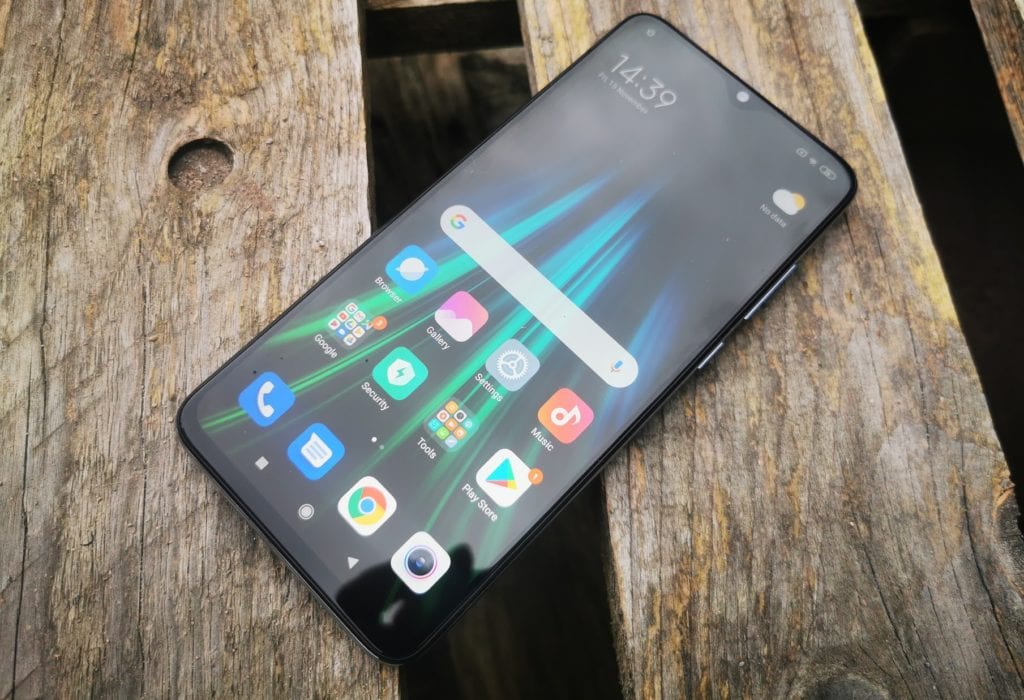
This runs MIUI V10 which is based on Android 9, the phone has had a few updates, and it is now running V10.4.2.0.PGGMIXM and the stable beta of MIUI 11 is currently rolling out across China, Indonesia and India. So you should expect MIUI 11 within the next few weeks with the full build expected from December.
MIUI 11 features improved gestures, documents preview and Mi Share alongside the new UI design elements and system sounds.
MIUI itself takes a bit of getting used to, there is no app drawer, instead opting for the iOS-like style of dumping everything onto your home screens. It is not my favourite, but it is not the end of the world and it can be easily fixed with Nova Prime.
It also comes with a lot of apps pre-installed including facebook, WPS Office, Netflix and Aliexpress as well as various Mi branded apps such as the Store, community, as well as some games. It is a bit excessive, but I was able to install most of the ones I tried, including Facebook.
Price & Comparisons
The immediate comparison for me is the Realme X2 which retails for €299 or £255, and you will have to buy it from Amazon Spain or the Realme website. This is about £40 more than the Xiaomi Redmi Note 8 Pro, and they share a significant number of specs.
While the Xiaomi has the Helio G90T and the Realme X2, benchmarks show little difference and both phones will perform about the same in real-world scenarios. Both phones share the same camera specification.
If I had to choose between the two I would go for the Xiaomi due to its slightly lower price, plus nicer feel in the hand. It is splitting hairs though, the Realme has an OLED display, faster charging and some may find it a bit more hand-friendly with it being smaller. Both phones represent fantastic value for money.
While the Realme X2 goes toe to toe with Xiaomi, not much else can compete with it, the Honor 20 Lite is a good option, but I don’t feel it can compete with specs. The Motorola Moto G7 is a popular phone, but this gets embarrassed on specs in comparison.
| Preview | Product | Rating | Price | |
|---|---|---|---|---|

| Redmi Note 8 pro 6+128GB ARM Mali G76 MC4 6.53inch 45oomAh... | Buy on Amazon |
Conclusions
Xiaomi reviews tend to have very similar conclusions, it is hard to fault them due to the superb price point, there is hardly a phone on the market that can compete with the hardware specification the Redmi Note 8 Pro at this price.
It is not perfect though, the camera could be better, but I feel like this could be said for any £200 phone, in particular, the macro lens feels a bit pointless, and I would have preferred to see a telephoto lens. Similarly, while I am not overly fussed about most skins company uses for phones, I would say Xiaomi MIUI is my least favourite due to the lack of an app drawer and excessive apps, nothing Nova Prime and a few uninstalls can’t fix though.
Overall though, this is another exceptional phone from Xiaomi. It is no surprise they have quickly ousted companies like Samsung as the best selling phones in countries like India, with the exception of Realme, it feels like no other company can compete in terms of value for money that Xiaomi offers.
Xiaomi Redmi Note 8 Pro Review Score

Product Name: Xiaomi Redmi Note 8 Pro
Product Description: Delivers high-resolution photos for up to 3.26m tall poster printing 64MP ultra high-resolution camera Almost twice the number of pixels of 8K resolution 25 times of pixels of the display. Zoom in for more details.Supports 4K video recording, 960fps slow motion video recording.
Offer price: 235
Currency: GBP
Availability: InStock
Summary
Another exceptional value phone from Xiaomi with almost no competition in terms of the hardware spec you get for the money. MIUI is a bit polarising but it is worth putting up with for what you get.
| Preview | Product | Rating | Price | |
|---|---|---|---|---|

| Redmi Note 8 pro 6+128GB ARM Mali G76 MC4 6.53inch 45oomAh... | Buy on Amazon |
Overall
90%-
Overall - 90%90%
I am James, a UK-based tech enthusiast and the Editor and Owner of Mighty Gadget, which I’ve proudly run since 2007. Passionate about all things technology, my expertise spans from computers and networking to mobile, wearables, and smart home devices.
As a fitness fanatic who loves running and cycling, I also have a keen interest in fitness-related technology, and I take every opportunity to cover this niche on my blog. My diverse interests allow me to bring a unique perspective to tech blogging, merging lifestyle, fitness, and the latest tech trends.
In my academic pursuits, I earned a BSc in Information Systems Design from UCLAN, before advancing my learning with a Master’s Degree in Computing. This advanced study also included Cisco CCNA accreditation, further demonstrating my commitment to understanding and staying ahead of the technology curve.
I’m proud to share that Vuelio has consistently ranked Mighty Gadget as one of the top technology blogs in the UK. With my dedication to technology and drive to share my insights, I aim to continue providing my readers with engaging and informative content.
Last update on 2025-07-02 / Affiliate links / Images from Amazon Product Advertising API


